Structured cabling refers to the installation of a standard cable system that provides a flexible and organized network infrastructure. It is a vital aspect of modern IT networks and plays a critical role in reducing downtime. Downtime can be a costly issue for any business, resulting in lost revenue, decreased productivity, and negative impacts on customer satisfaction. In this blog, we will discuss some tips for reducing downtime through structured cabling.
Here is a List of Reducing Downtime Crucial Tips:
1. Plan Your Cabling Infrastructure Carefully

Before you begin your structured cabling project, it’s essential to plan the infrastructure carefully. A well-planned structured cabling infrastructure can help ensure that you have a reliable network that is less prone to downtime. You should consider factors such as the number of devices that will be connected to the network, the amount of data that will be transmitted, and the distances between devices.
It’s also important to factor in future growth and scalability to ensure that your cabling infrastructure can accommodate new devices and technologies as your business expands.
2. Use Quality Cabling Components
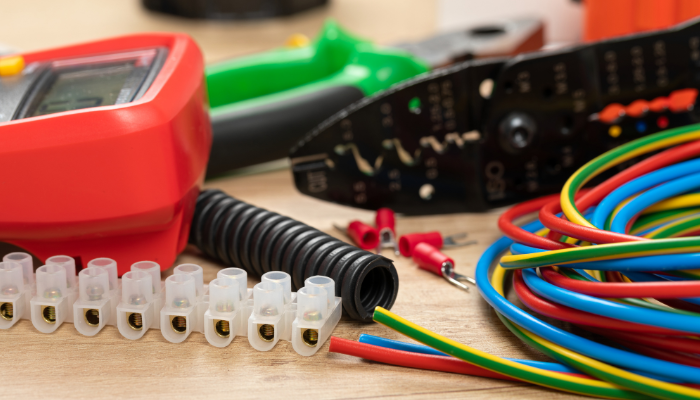
Another critical factor in reducing downtime through structured cabling solutions is to use of quality cabling components. Using cheap or substandard cabling components can lead to network issues, such as intermittent connectivity, slow speeds, and frequent downtime.
High-quality cables, connectors, and patch panels are designed to withstand wear and tear and provide reliable connectivity. They also reduce the likelihood of signal loss, which can lead to network performance issues and downtime.
3. Label Your Cables
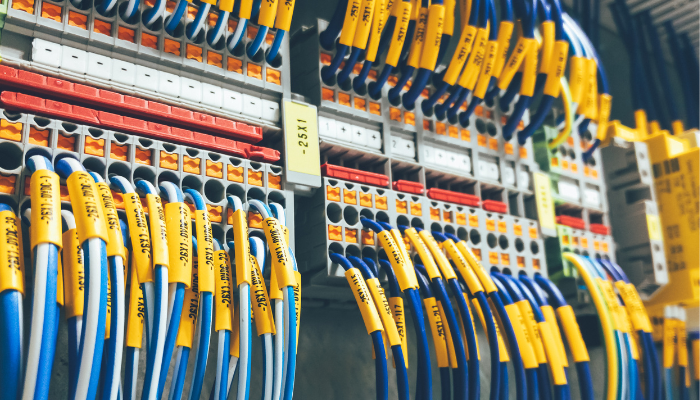
Labeling your cables is an essential step in reducing downtime. This can help you quickly identify and troubleshoot issues when they arise. Labeling should be consistent and clear, using unique identifiers for each cable, such as numbers, colors, or codes. You should also ensure that the labels are legible and durable to avoid them becoming worn or illegible over time.
4. Organize Your Cabling
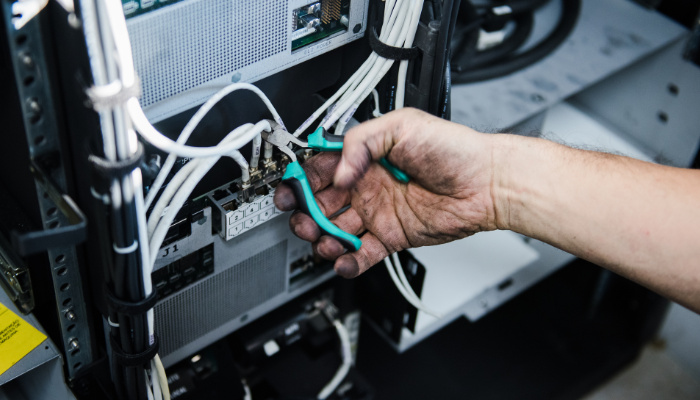
An organized cabling system is critical in reducing downtime. Disorganized or tangled cables can cause connectivity issues and make it challenging to identify and fix problems quickly. By organizing your cables, you can reduce the likelihood of cable damage, improve airflow, and make it easier to add or remove devices from the network.
5. Test Your Cabling Infrastructure
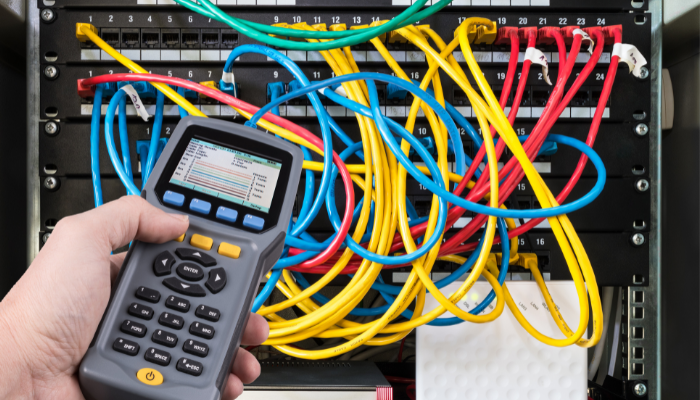
Testing your structured cabling infrastructure is a crucial step in reducing downtime. A comprehensive testing process can recognize possible problems before they evolve into significant issues, such as signal loss, attenuation, and interference. Testing should be conducted before and after installation to ensure that the cabling infrastructure meets performance and safety standards.
6. Regular Maintenance

Regular maintenance of your structured cabling solutions is critical to secure its longevity and decrease downtime. You should conduct routine checks to ensure that cables are connected correctly, free from damage, and not under any strain. Regular maintenance can help identify and fix issues before they result in network downtime, saving your business time and money in the long run.
7. Professional Installation

Finally, professional installation is critical in reducing downtime through structured cabling. Professional installation ensures that your cabling infrastructure meets performance and safety standards, minimizing the likelihood of network downtime. Professionals can also guide the best cabling components for your business needs and ensure that the cabling infrastructure is scalable and future-proof.
Conclusion
Reducing downtime through structured cabling is critical for any business that relies on network infrastructure. A well-planned and organized cabling infrastructure, using quality components, and regular maintenance, can help minimize network downtime, improve productivity, and increase customer satisfaction. By following the tips discussed in this blog, you can ensure that your cabling infrastructure is reliable, scalable, and efficient, enabling your business to stay ahead of the competition.



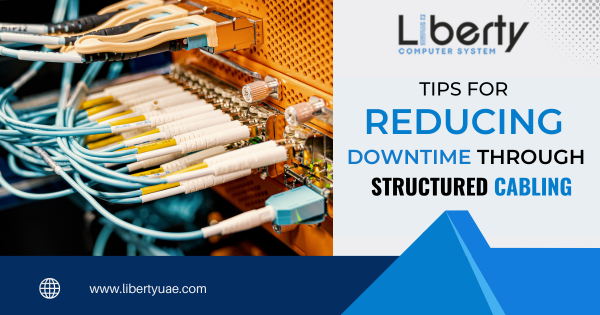
.png)


